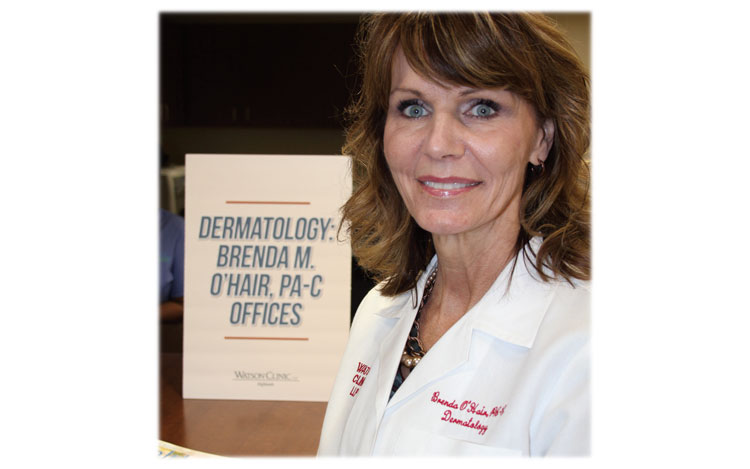… and why you should consider an alternate tanning method
EVERYONE LIKES to look good, and most people enjoy the bronzed look of a tan. Unfortunately, too many try to achieve the look of a golden tan through the use of indoor tanning methods like tanning beds. Just like tanning in the sun, indoor tanning dangerously increases your chances of developing skin cancer.
THE TRUTH ABOUT TANS
The golden glow of a tan has long been considered a sign of good health, but the truth is that tanning — both indoors in tanning beds or booths and outdoors in the sun — is not a healthy activity at all. It’s really quite dangerous to your health. The pigmentation of a tan is actually evidence that your skin has already sustained damage. The pigmentation is a response of your skin cells to the damage from ultraviolet radiation, or UV, which causes your skin cells to produce more melanin.
Tanning causes premature aging like wrinkles and spots on the skin, but the major concern with both indoor and outdoor tanning is that it increases the risk of developing skin cancer. Continual exposure to UV rays — from both the sun and tanning lights — is the main cause of skin cancer. It is estimated that one in five Americans will develop skin cancer in their lifetime. Your risk increases dramatically if you also use indoor tanning methods, like tanning beds, on a regular basis.
THE DANGERS OF INDOOR TANNING
Unfortunately, myths about the so-called “safety” of tanning beds are still in circulation. Because of this, many states have laws limiting a minor’s ability to use indoor tanning, much in the same way the sale of tobacco products to minors is prohibited. In fact, the World Health Organization (WHO) has declared indoor tanning beds and similar devices to be in the same cancer-causing category as cigarettes, cigars, and other tobacco products.
However, tanning bed misconceptions are still common. One common myth is that tanning beds are “healthy” because their UV rays help the body make Vitamin D, just like the sun does. While it is true that the sun’s rays do help the body create Vitamin D, it takes very little sun exposure to do the trick, and the nutrient can also be acquired through methods that don’t cause cancer, such as a healthy diet and vitamin supplements.
Another common myth is that indoor tanning options are safer than tanning via the sun. The truth of the matter is, tanning beds might actually cause more damage to the skin than the sun because they mainly use UV-A rays. Indoor tanning bulbs’ UV-A rays penetrate deeper into the skin and don’t cause burning until the skin has sustained a dangerously high amount of exposure.
ALTERNATIVES TO INDOOR TANNING
If you want the attractive glow of a tan without the skin cancer danger, a healthy alternative is to use any of the many topical self-tanning options. From spray-on tans to self-tanning body lotions, you can get a nice bronze glow without any of the skin cancer risks. These products have come a long way from the first self-tanning products and their orange-hued tints.
Keep in mind that you still need to protect your skin when using self-tanning products; they don’t protect your skin from the sun’s UV rays. You still need to protect your skin in all the usual ways: using a broad-spectrum, water-proof sunscreen that protects from both UV-A and UV-B rays and has an SPF of at least 30; covering up with hats, clothing, and sunglasses; and staying in the shade or indoors during peak sun hours (from 10 a.m. to 2 p.m.).
CREDIT
article by BRENDA O’HAIR, PA-C
ABOUT THE PA: Brenda O’Hair, PA-C, is a physician assistant to Dr. William Roth, specializing in dermatology, and serving patients at the new Watson Clinic Highlands and Bella Vista Buildings in Lakeland. O’Hair received her Masters of Physician Assistant Studies, PA-C, from the University of Nebraska. She has been with Watson Clinic since 2003.
Posted April 29, 2016
